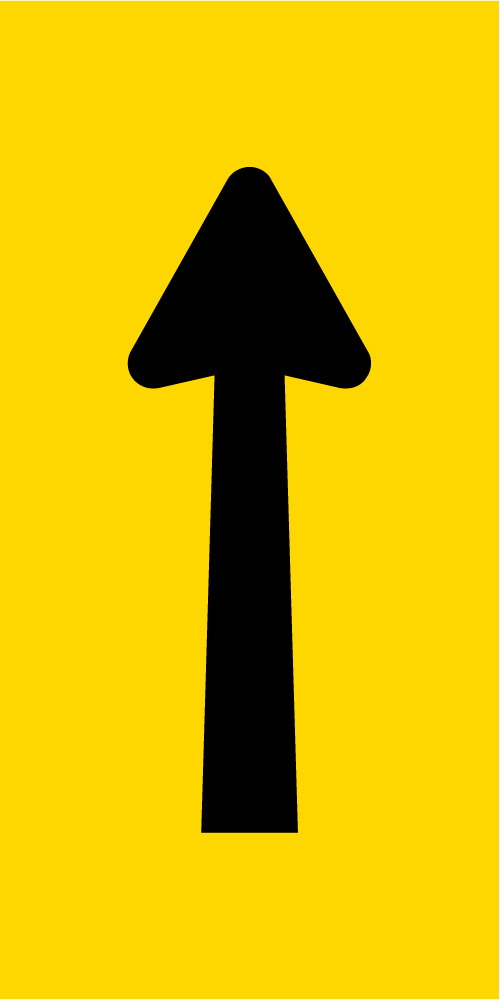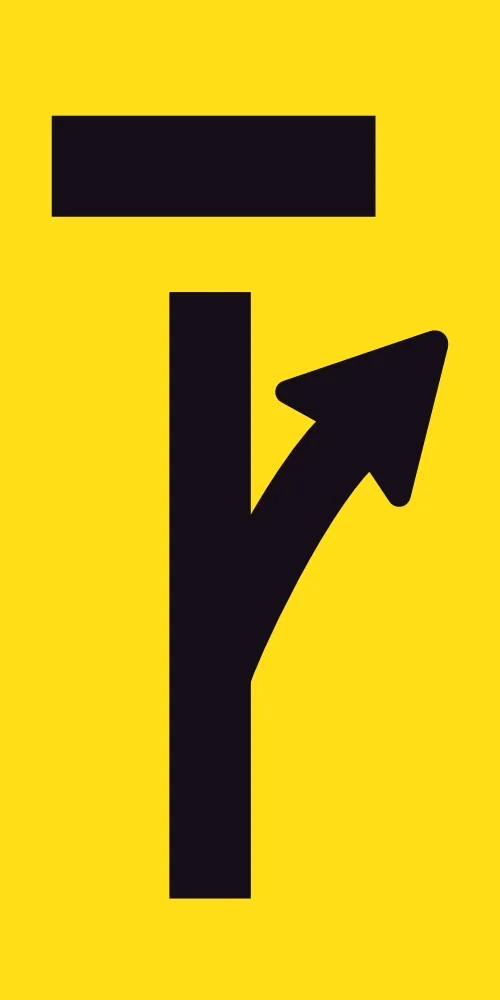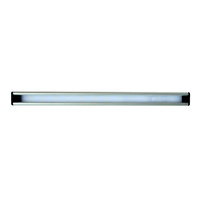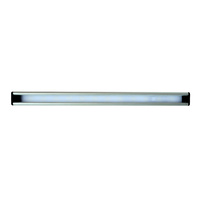Understanding Lane Status Signs: A Key to Safe Road Work Navigation. Navigate road work zones with confidence! Discover the vital role of lane status signs, including lightweight corflute signs, in guiding drivers safely through construction and event zones.
Understanding Lane Status Signs: A Key to Safe Road Work Navigation
When driving through road work zones or construction sites, you’ve likely noticed signs that guide you through the chaos of cones, barriers, and workers. Among these, lane status signs play a critical role in keeping drivers informed and safe. In this post, we’ll dive into what lane status signs are, their purpose, and why they’re essential for smooth and secure travel during road works.
What Are Lane Status Signs?
Lane status signs are designed to communicate the availability or condition of lanes on a road affected by construction, maintenance, or events. These signs provide clear, immediate information to drivers about which lanes are open, closed, or restricted, helping to manage traffic flow and prevent accidents in work zones. By guiding drivers through altered traffic patterns, lane status signs reduce confusion and enhance safety for both motorists and road workers.
The Role of Corflute Lane Status Signs
One common type of lane status sign is the corflute lane status sign, a temporary sign widely used at construction sites or during events. Made from lightweight, durable corrugated plastic (commonly known as corflute), these signs are easy to set up and move as needed. Corflute lane status signs typically feature simple, universally understood symbols to convey lane conditions:
- A "T" symbol indicates a lane is closed, alerting drivers to avoid that lane.
- An upward arrow signals that a lane is open, guiding drivers to proceed safely.
These symbols ensure quick comprehension, even at a glance, which is crucial in busy or hazardous road work zones. Below are examples of corflute lane status signs:

Lane Closed (300 x 600 mm) Corflute Sign, featuring a "T" symbol to indicate a closed lane. Source

Lane Ahead (300 x 600 mm) Corflute Sign, showing an upward arrow for an open lane. Source

Lane Ahead Closed with Left Turn Open (300 x 600 mm) Corflute Sign, indicating a closed lane with an open left turn. Source

Lane Ahead Open with Left Turn Closed (300 x 600 mm) Corflute Sign, showing an open lane with a closed left turn. Source
Why Lane Status Signs Matter
Lane status signs, including corflute versions, serve several key purposes:
- Safety: By clearly indicating which lanes are usable, these signs help prevent collisions and ensure drivers navigate work zones without endangering workers or themselves.
- Traffic Flow Management: They direct drivers through modified road layouts, reducing congestion and delays caused by road works.
- Clarity: Simple symbols and messages (like "Lane Closed" or "Lane Open") eliminate guesswork, making it easier for drivers to adapt to temporary changes.
- Flexibility: Corflute signs, in particular, are portable and weather-resistant, making them ideal for temporary setups at construction sites or events.
How They’re Used in Road Works
During road works, lane status signs are often deployed as part of a broader traffic management plan. They may be electronic variable message signs for real-time updates or static corflute signs for straightforward setups. For example:
- A road crew might place a corflute sign with a "T" symbol at the entrance to a closed lane, ensuring drivers merge into open lanes well in advance.
- An electronic sign might display alternating messages, such as "Left Lane Closed" or "Right Lane Open," to reflect shifting work zone conditions.
These signs are strategically placed to be visible from a distance, giving drivers ample time to adjust their speed or lane position safely.
Conclusion
Whether it’s a corflute lane status sign with a bold "T" or an arrow, or an electronic display flashing real-time updates, lane status signs are unsung heroes of road work zones. They keep traffic moving smoothly, protect workers, and help drivers navigate with confidence. Next time you’re driving through a construction area, pay attention to these signs—they’re there to guide you safely to your destination.
Stay alert, follow the signs, and drive safely!








